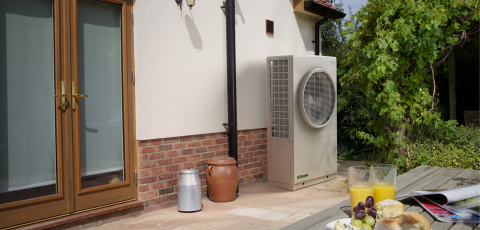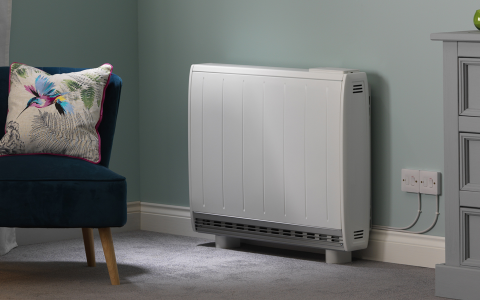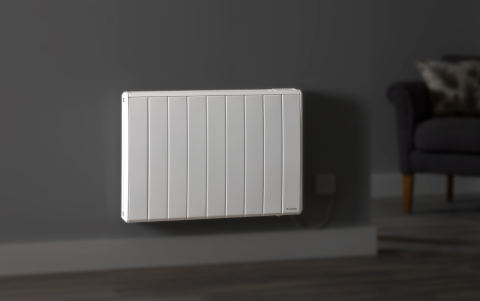Support you can trust
Our customer-focused Help Centre is here to help you with expert product information and connect you to our certified partners.
Download manuals and troubleshooting guides for your products and gain insights on what to consider when choosing for your home.
Download manuals and troubleshooting guides for your products and gain insights on what to consider when choosing for your home. h2
Dimplex Help Centre
Our online help centre is home to the most useful information including quick guides, FAQs, and product information. Knowledge articles cover each product category guiding you through troubleshooting and care instructions.
Online process to manage guarantee periods for all Dimplex periods
Whether you’re working on a new build, refurbishment, or commercial project, Dimplex is committed to supporting you each step of the way and being your reliable partner. We are here to provide the support and guidance you need to make every installation a success.
installer hubWith over 70 years of trading experience and a dedication to innovation and sustainability, Dimplex continues to provide award winning services across multiple sectors to their customers.
why choose dimplex?
What are the different types of heat pumps and where would you use them?
There are three types of heat pumps available for the built environment, classified by where they source their primary energy: air, ground or water. Each has its benefits depending on the application and specific design conditions.

Which is better - a ground source or an air source heat pump?
When it comes to specifying heat pumps, we are often asked which is better: a ground source or an air source heat pump. In actual fact neither are ‘better’. The decision comes down to design factors on a specific project, which will drive the specification to ensure the demands required by the building and occupants are met.

How do I know what capacity fan coil I need?
Working out what capacity fan coil unit you need requires a lot of factors to be taken into consideration from the outset of a project, including solar gains. These include building orientation, geographical location, envelope construction materials and infiltration alongside internal gains such as lighting, equipment and occupancy. These will have to be considered with any potential plans to install solar shading, as they all have an impact on the predicted performance of a building.











